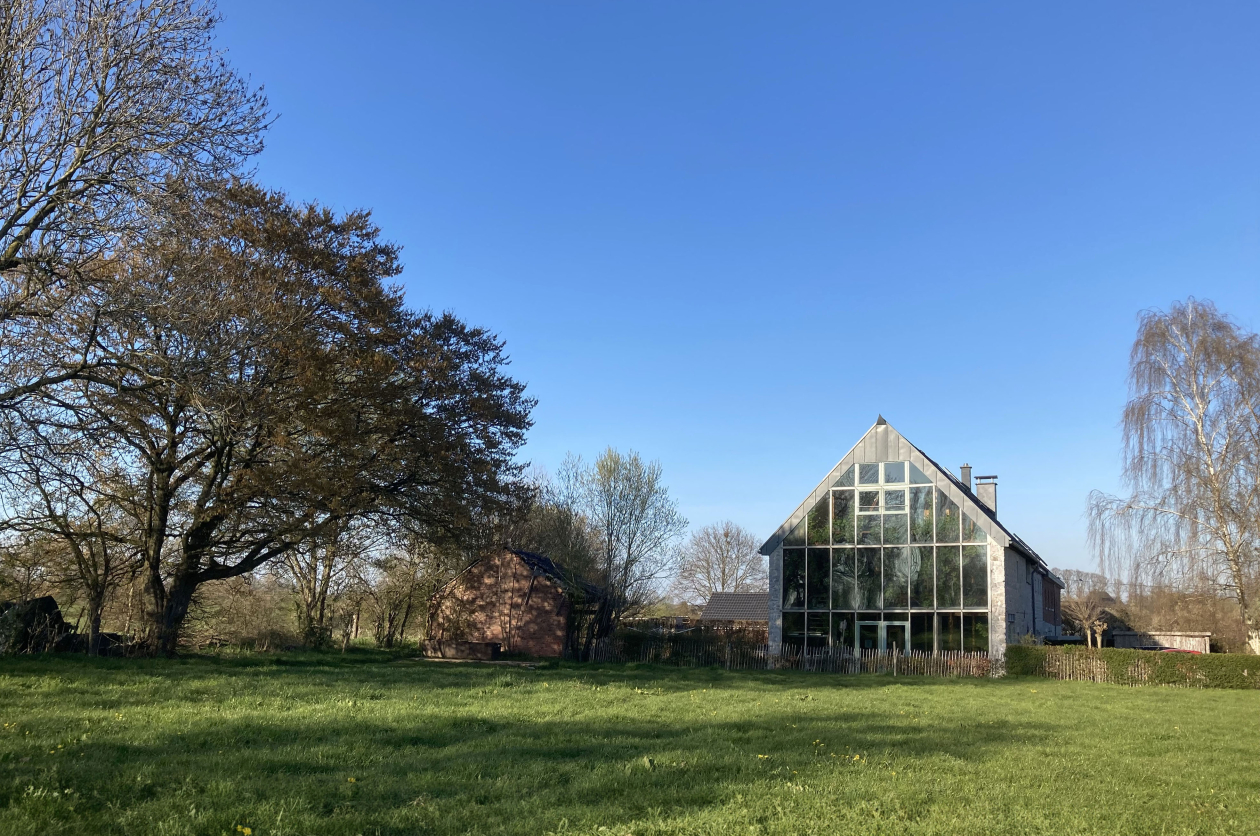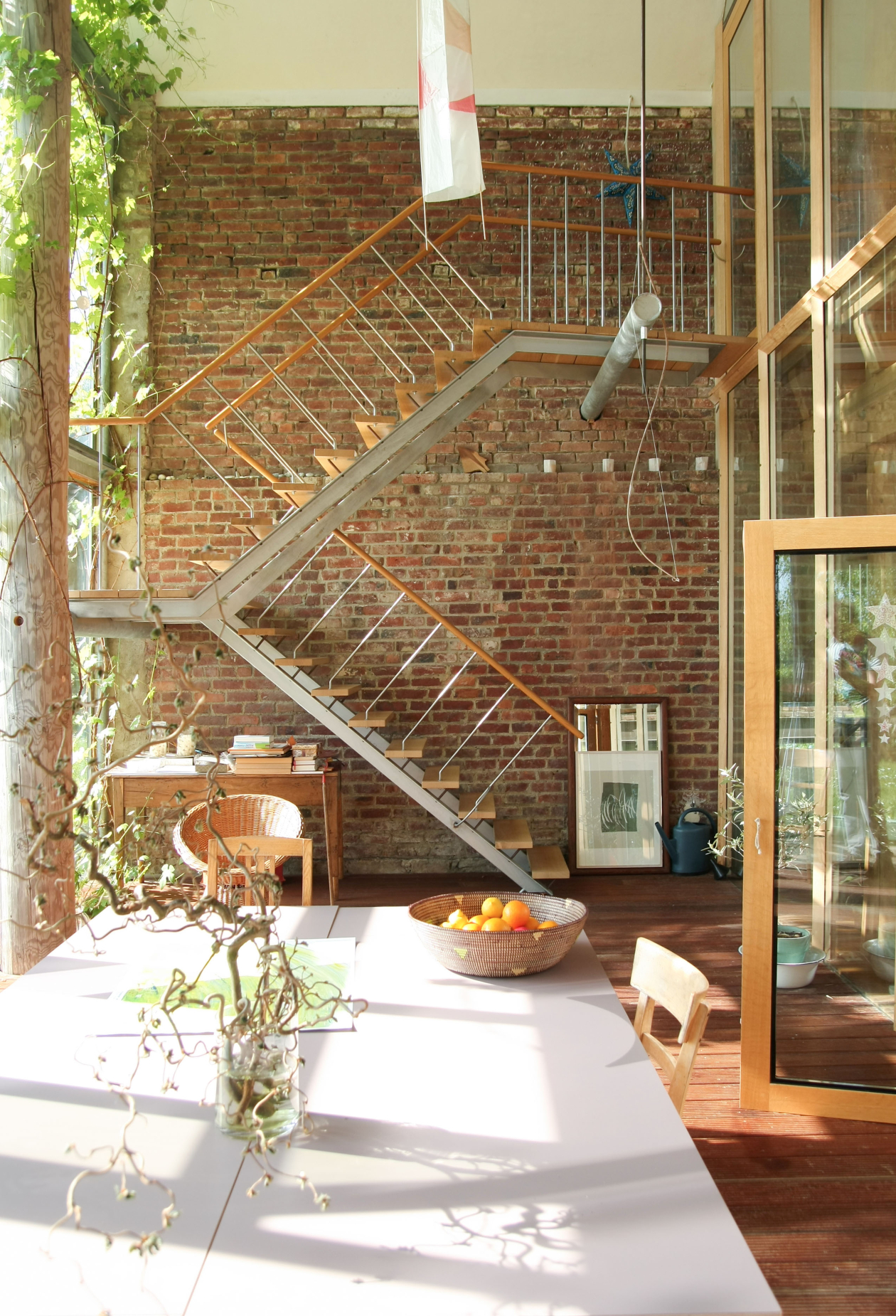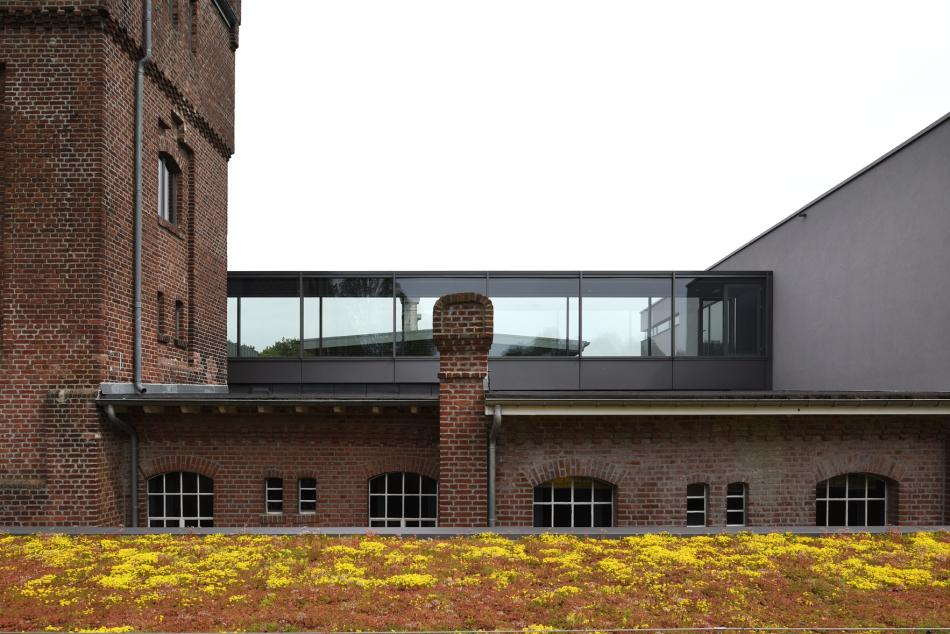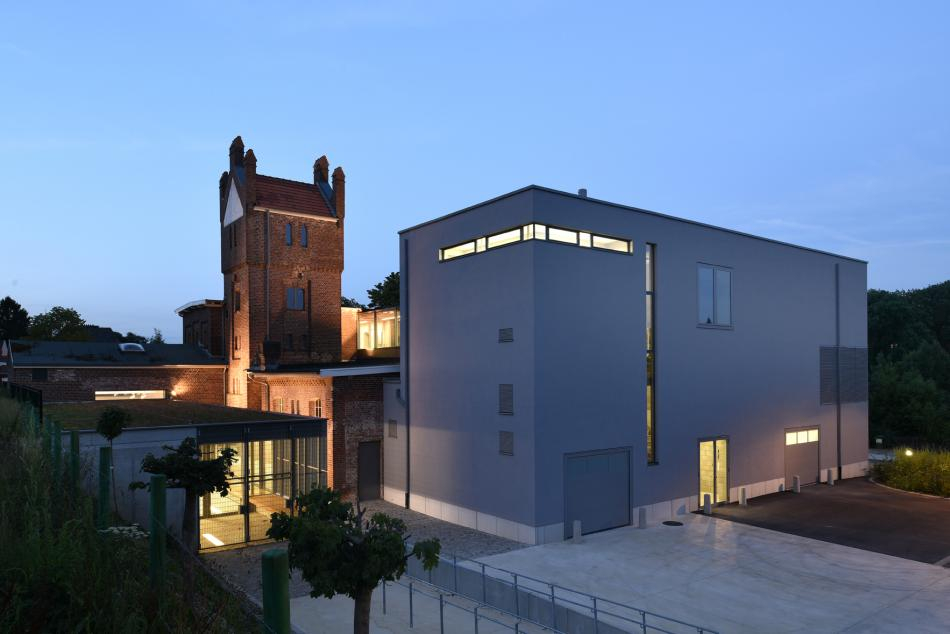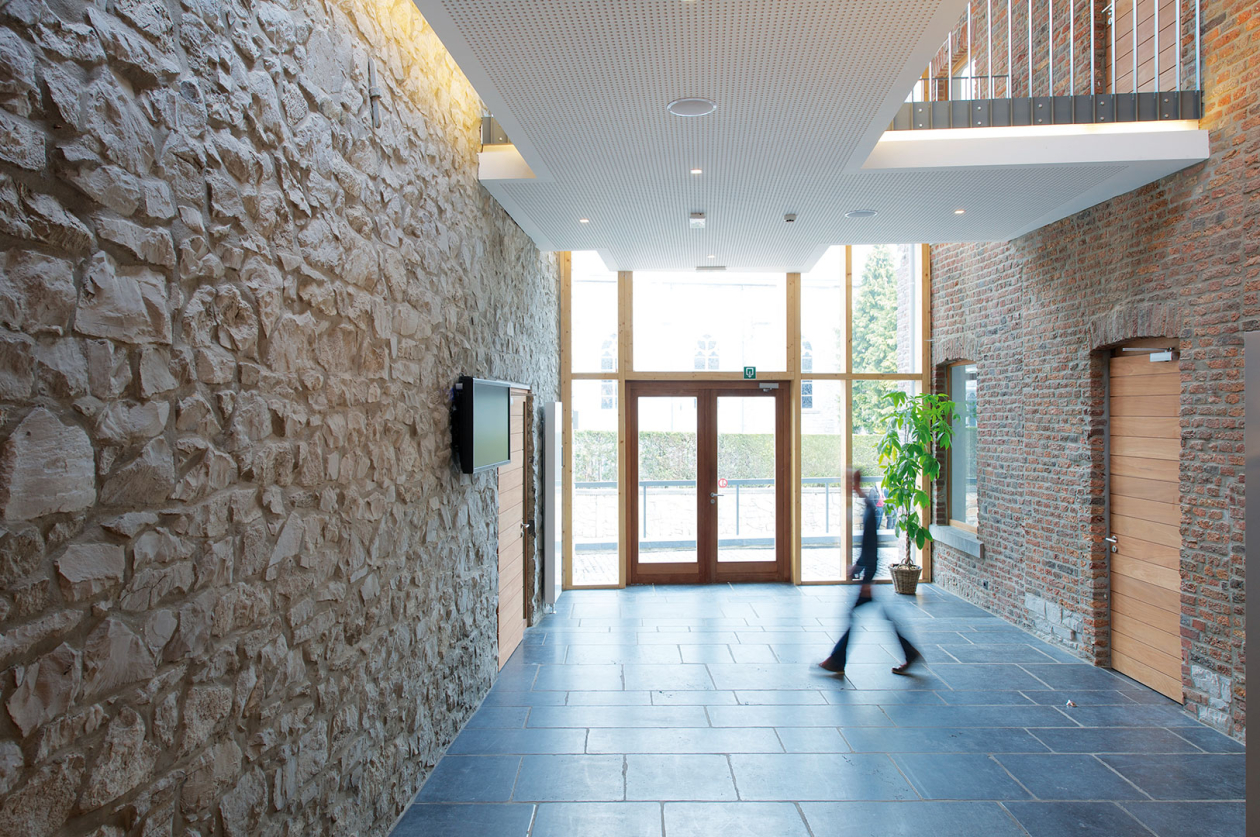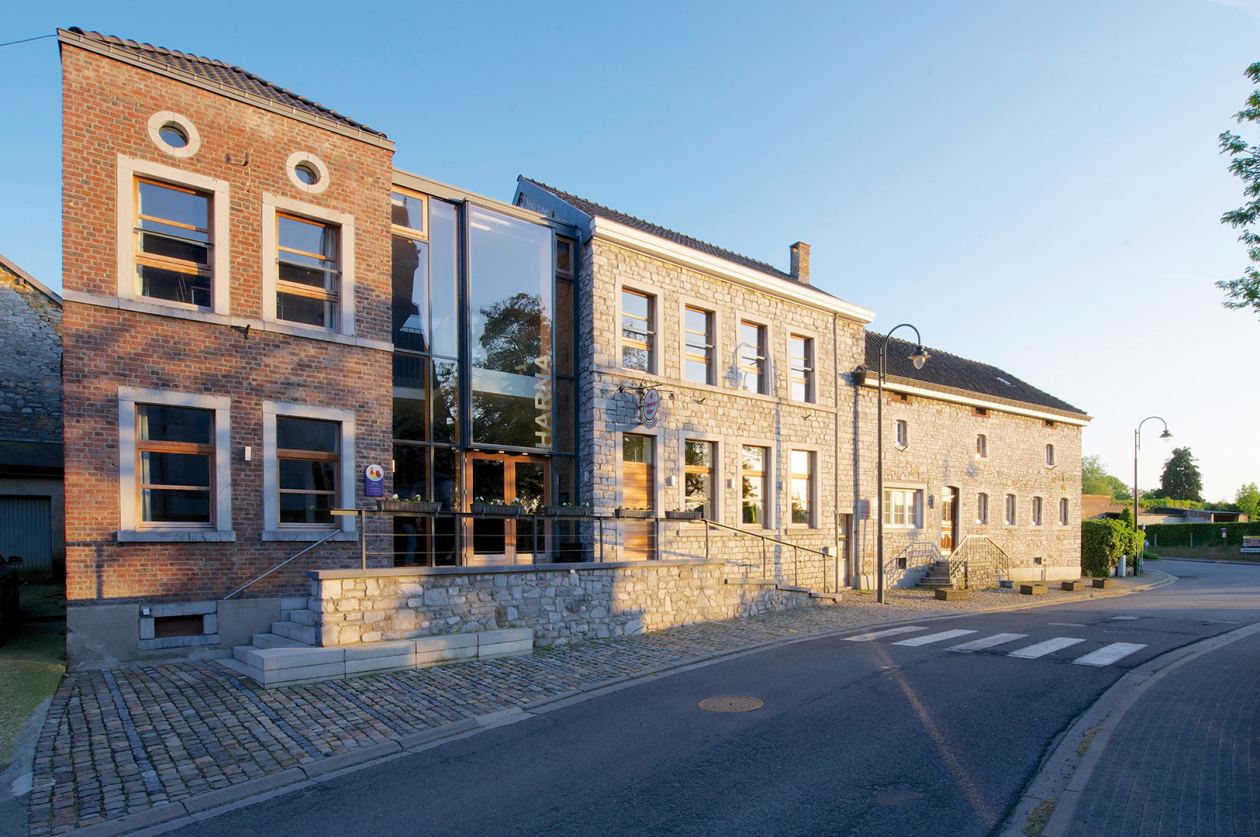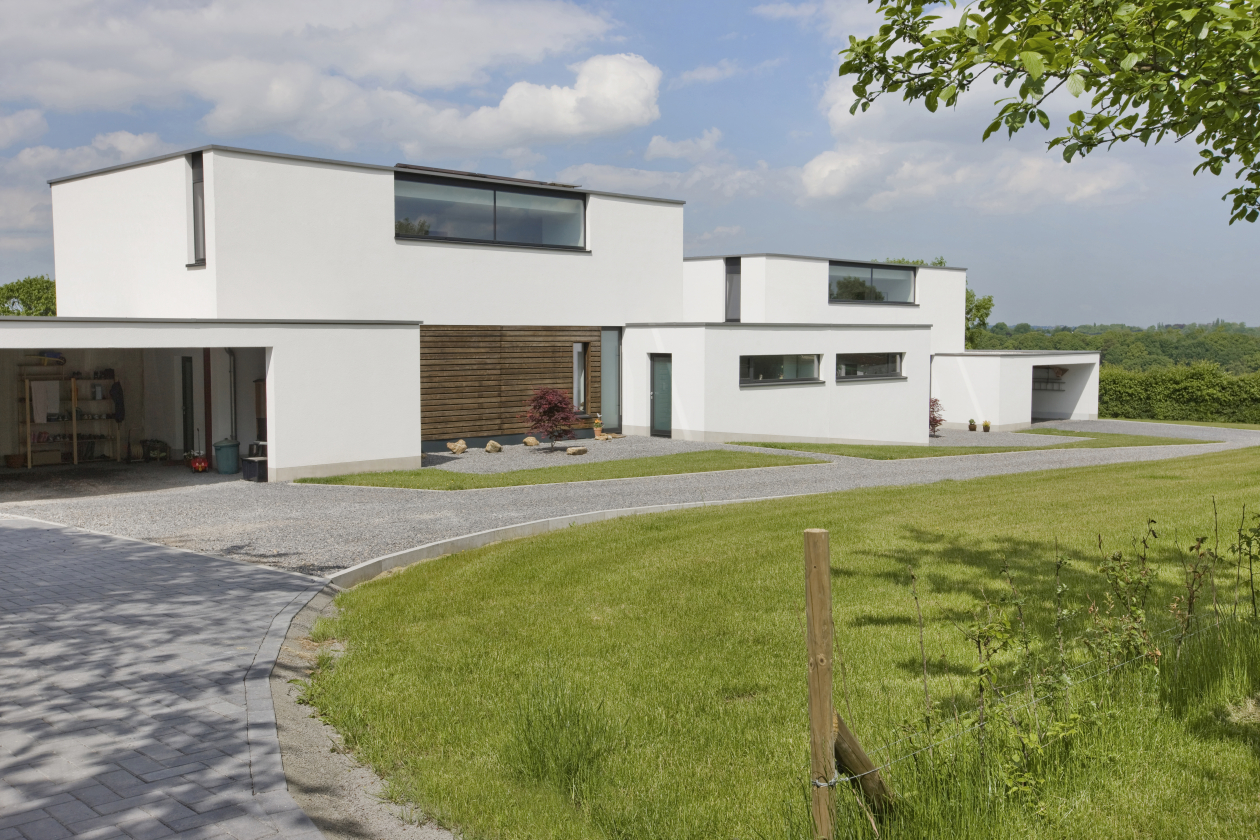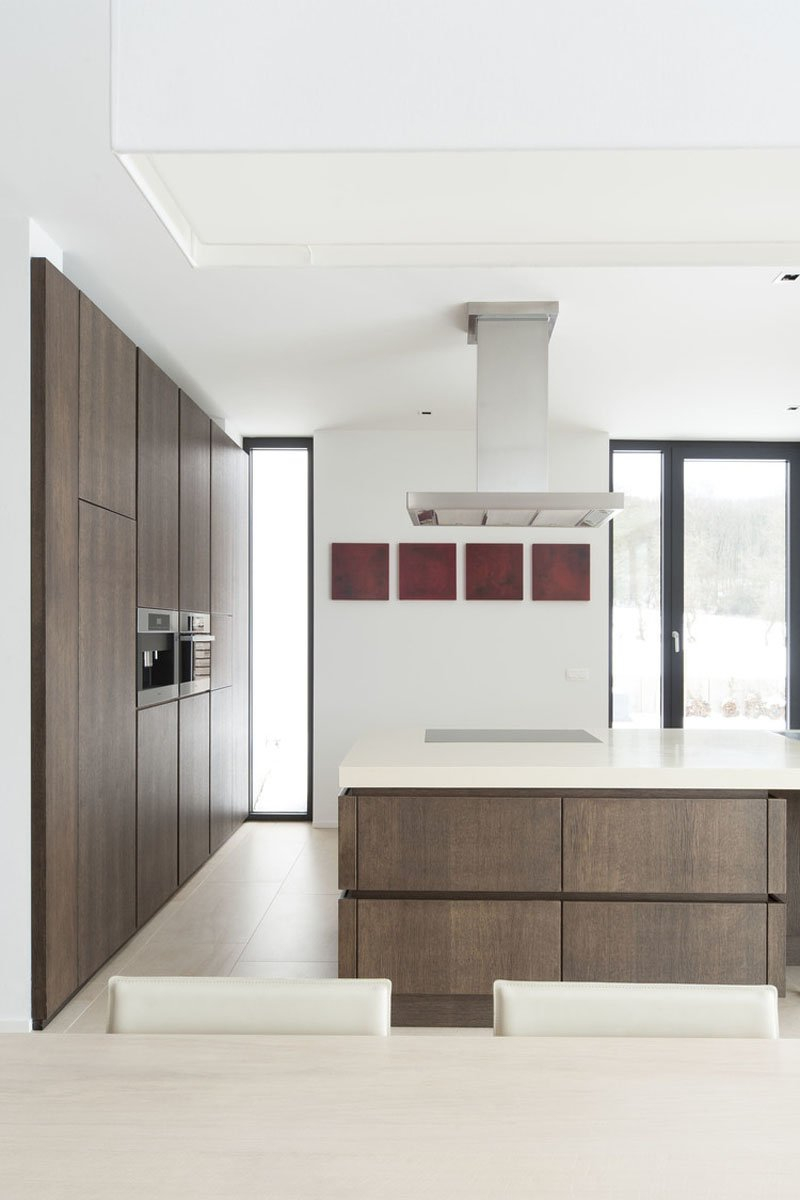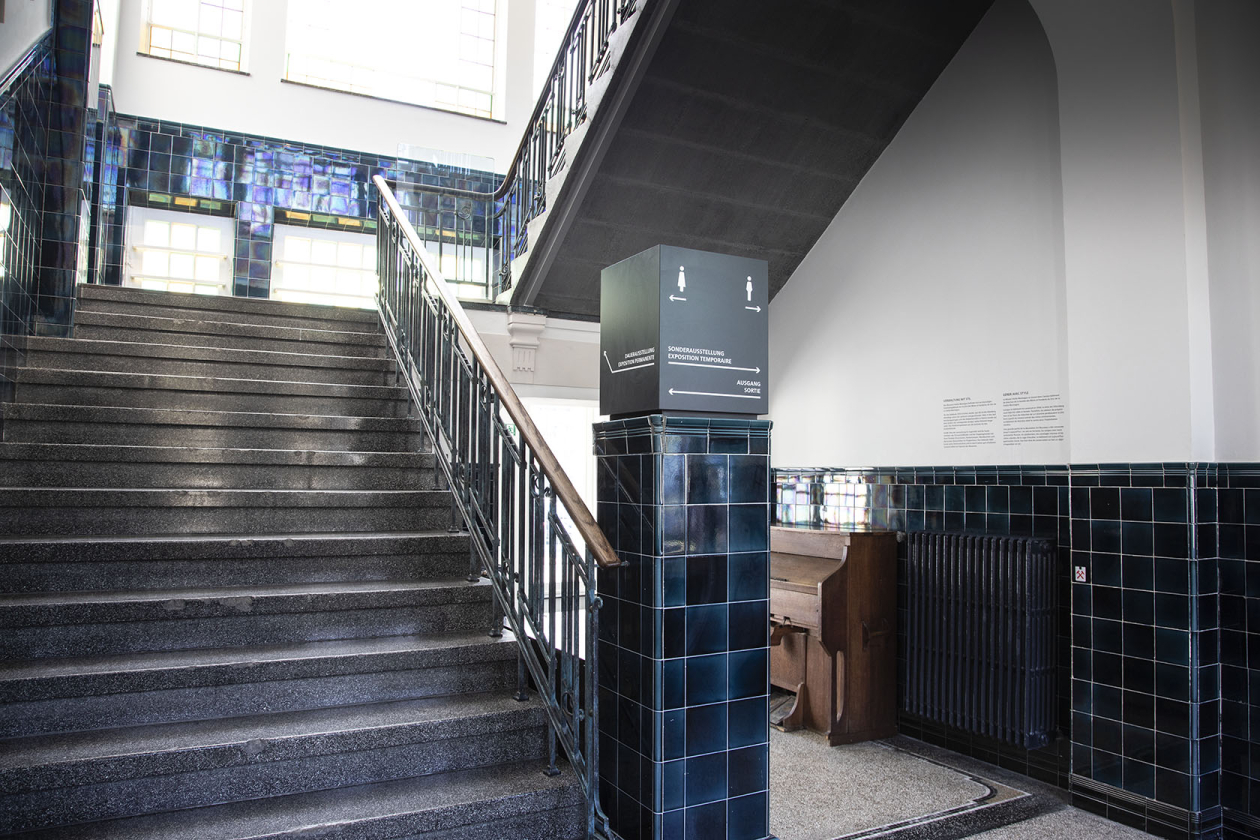Toward a new rurality at Verviers and Ostbelgiën
Guided walks
Throughout the summer of 2024, as part of its Temps d'archi #10 entitled Vers une nouvelle ruralité ? (Towards a new rurality?), ICA will be taking you on a discovery of rural areas in Wallonia and the architectural approaches capable of developing their territory in a more qualitative way. Six guided tours will focus on the spatial challenges facing rural areas and provide answers, while inviting you to discover new ideas and sustainable ways of living together in the countryside. Designed as opportunities for discovery, exchange and discussion, the tours will be led by the architects in charge of the projects visited and members of the ICA.
this fifth day's visit will take us on the roads of Verviers and Ostbelgiën on September 22 :
1. Le musée de la Vieille Montagne - Ravi Eicher
2. La maison de village Harna - Vasistas Architects
3. La maison Lerho - Manfred Lerho
4. Le Centre culturel Alter Schlachthof - Dethier Architecture
5. La Maison double Hermanns Godesar - Sebastian Borch
(1) The Vieille Montagne museum, designed by architect Ravi Eicher, continues the exploration of this special area. It is housed in the former administrative building of the Société des mines et fonderies de zinc de la Vieille Montagne, in the middle of the former industrial estate. The clearly structured volume is covered by a Mansard roof. The front and rear facades feature slightly different bay patterns. Built of red brick, they are partially rendered, either in plinths with decorative reliefs around the bays, or in flat rendering around the lintels.
(2) The Harna village house is the result of collaboration between Vasistas Architects and the associations and future users. The aim of the project is to locate the programme in the heart of the village to strengthen the social link by transforming two existing buildings. One will be used as a meeting room, the other as a village café, with a rehearsal room and a small flat upstairs. The issue of natural light remains the architects' primary concern throughout the complex. The glass roof between the two buildings houses the hall. The double height and a footbridge provide access from one volume to the other. The street created leads to the auditorium at the end of the plot.
(3) The Lerho House, designed by architect Manfred Lerho, was built on the site of a former nineteenth-century farm, which had been split up for two owners, in what was once the cowshed. A delicate addition to the existing context, the work is silent from the public space, preserving the rural character of the site. The two side facades in local stone have been preserved from the external envelope. At the rear, the gable at the west end has been removed and replaced by a curtain wall enclosing a perfectly oriented winter garden, giving the dwelling exceptional thermal comfort. Entirely glazed and elevated to the full height of the volume, the space opens wide onto the surrounding rural landscape and allows internal distribution. A contextual and sensitive renovation, this home extends and exacerbates the genius loci, while adapting it to contemporary lifestyles and climatic challenges.
(4) Walter Frese's former abattoir, which ceased operating in 1991, is now home to 1993 cultural activities. Dethier Architecture is renovating it with the aim of making it the cultural centre of the north of the German-speaking Community. The architects sought to take on board the complex's "heterogeneous and tangled" character, with a variety of building styles combining on a relatively narrow site. A new volume, similar in scale to the existing facilities, acts as a contrast. Apart from this new volume, most of the additions are designed to create links between the different rooms, while at the same time using glass to create elements that are different from the original composition. Interior interventions are kept to a minimum, with the aim of making the site functional for a large number of different events.
(5) The quality of the land on the edge of the Hertogenwald and overlooking the Vesdre valley convinced two close families to build a double house and share the joint costs. Town-planning regulations required a single volume. Architect Sebastian Borch therefore built the building in the second row in a longitudinal logic. Five staggered volumes, both in plan and in elevation, form a homogeneous whole. In plan, they create private courtyard spaces to ensure the privacy of each family. In elevation, the hierarchy of primary and secondary volumes ensures visual permeability towards the landscape. Combined with the differences in height due to the topography, this reduces the monumental effect and gently blends the project into its surroundings.
10:00 > 17:00
Belgium
Please note, places are limited! Register using the form below.
A contribution of 5 euros per person, including lunch, is payable to confirm your registration on the account of ICA-WB: BE13 5230 8108 8439 with the communication 22septembre2024.
Meet at the first location, using your own transport.
